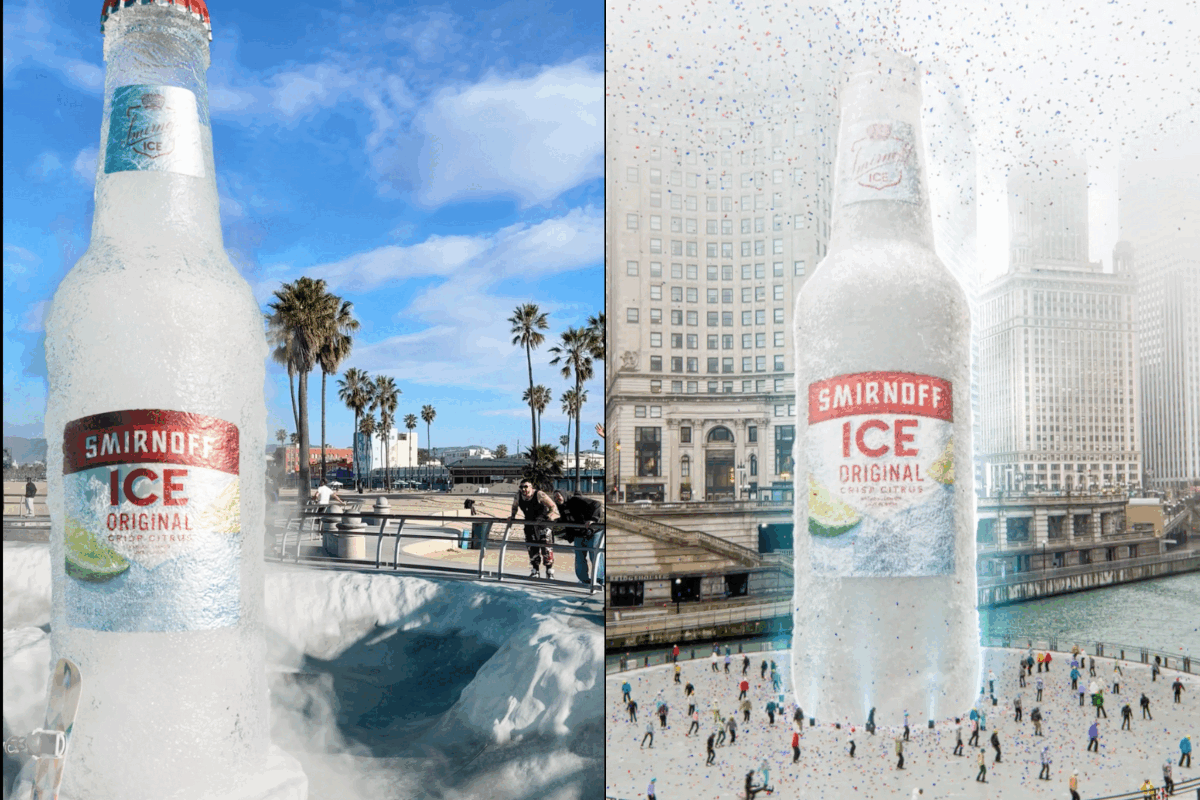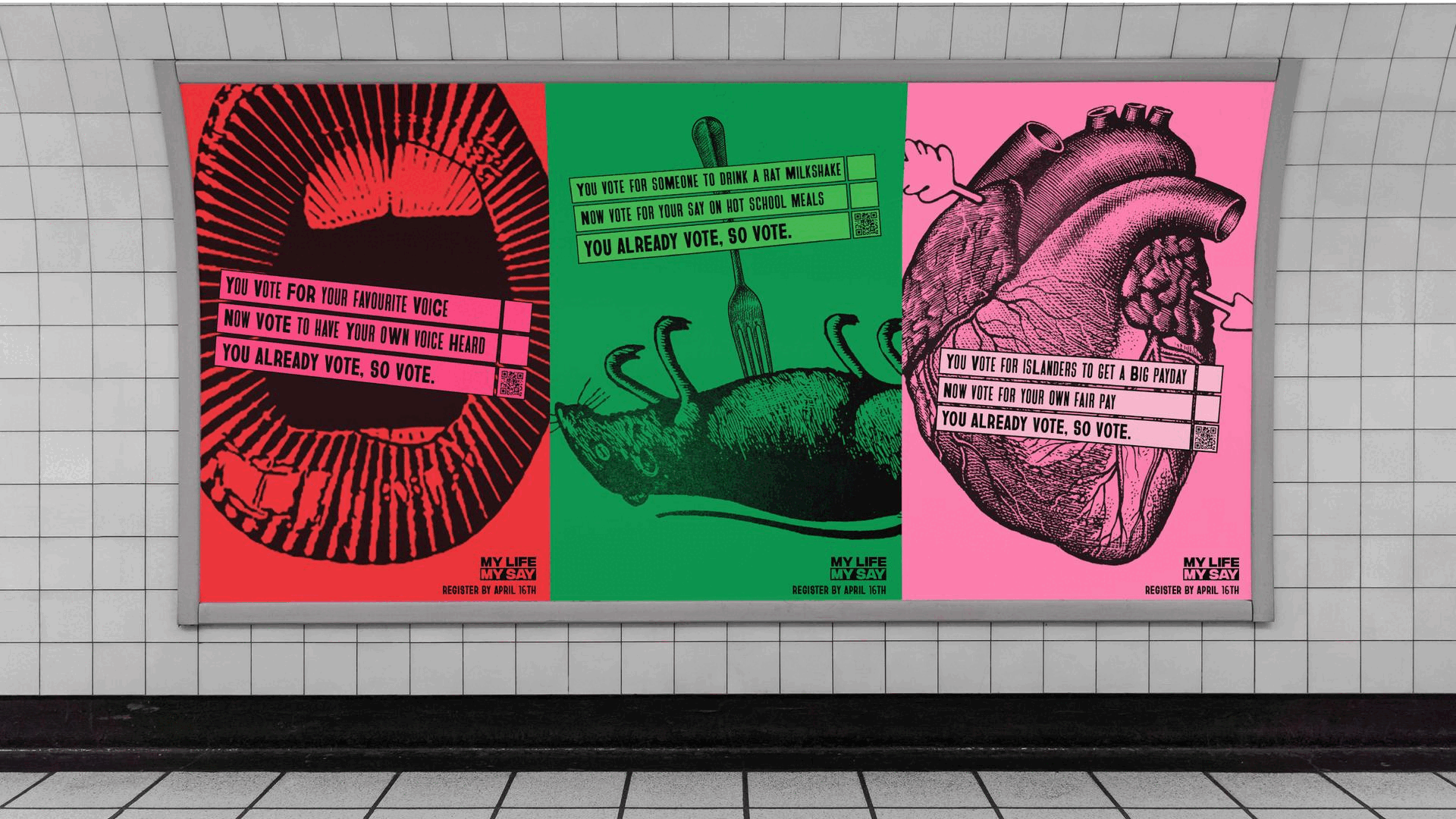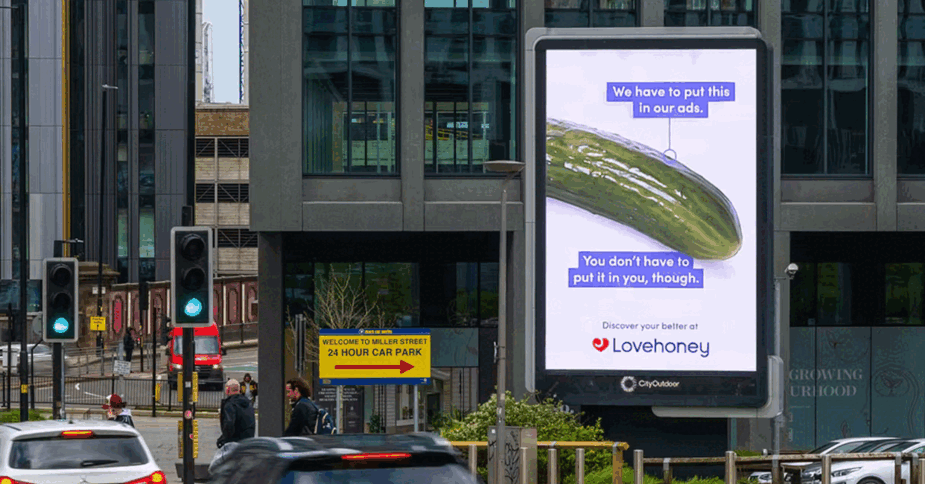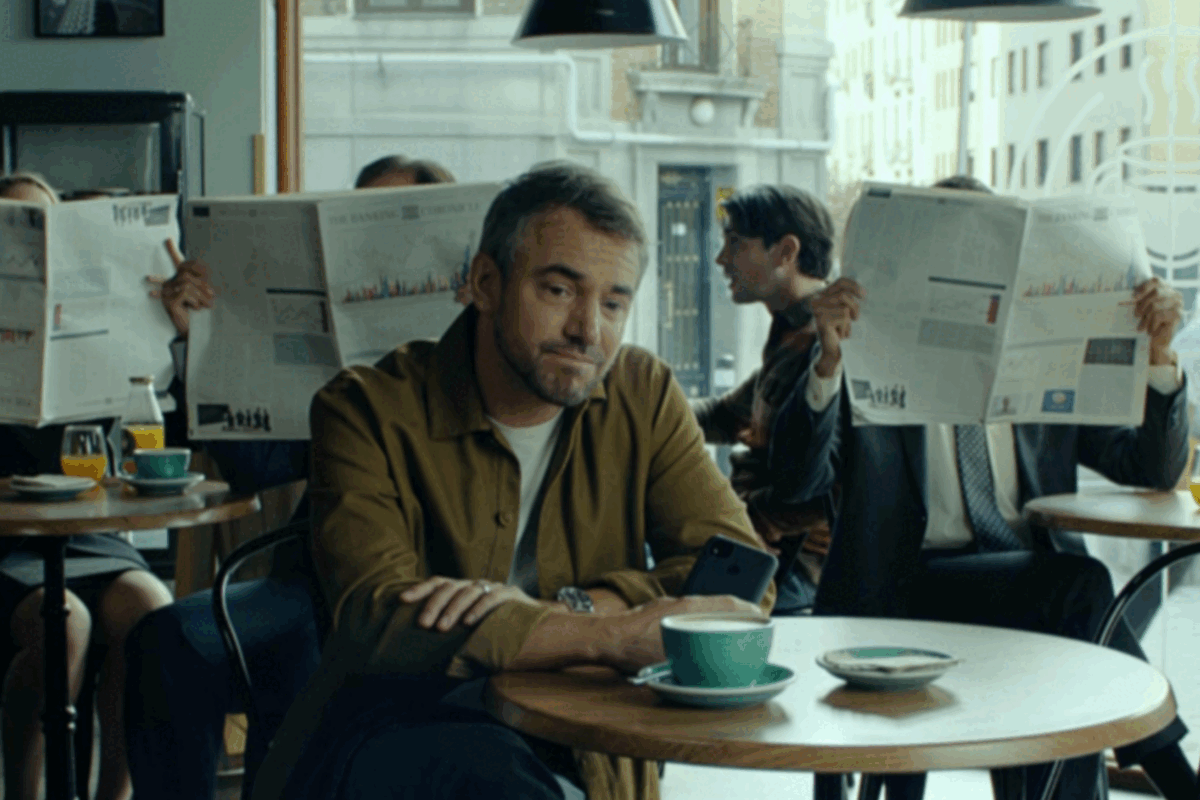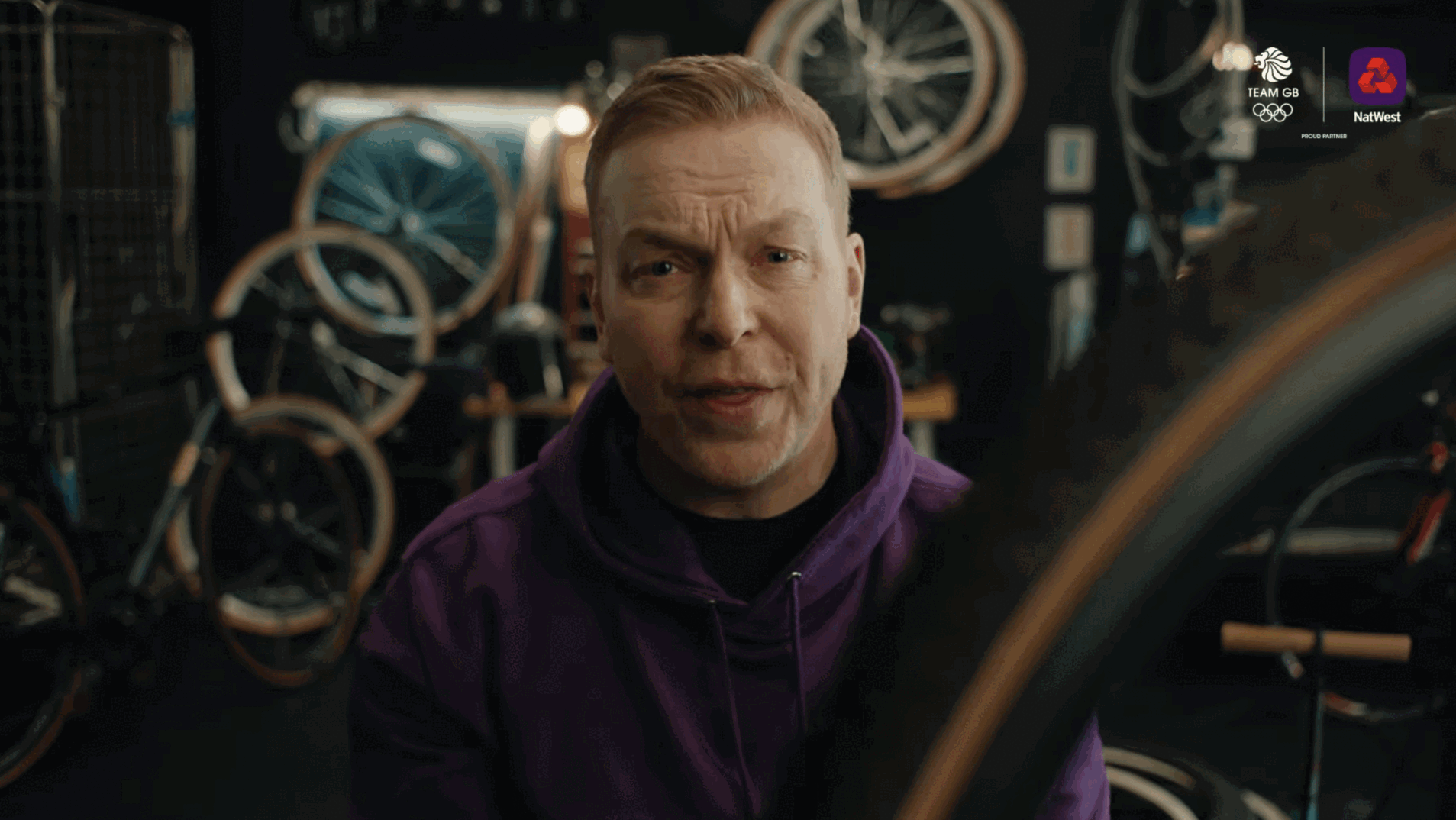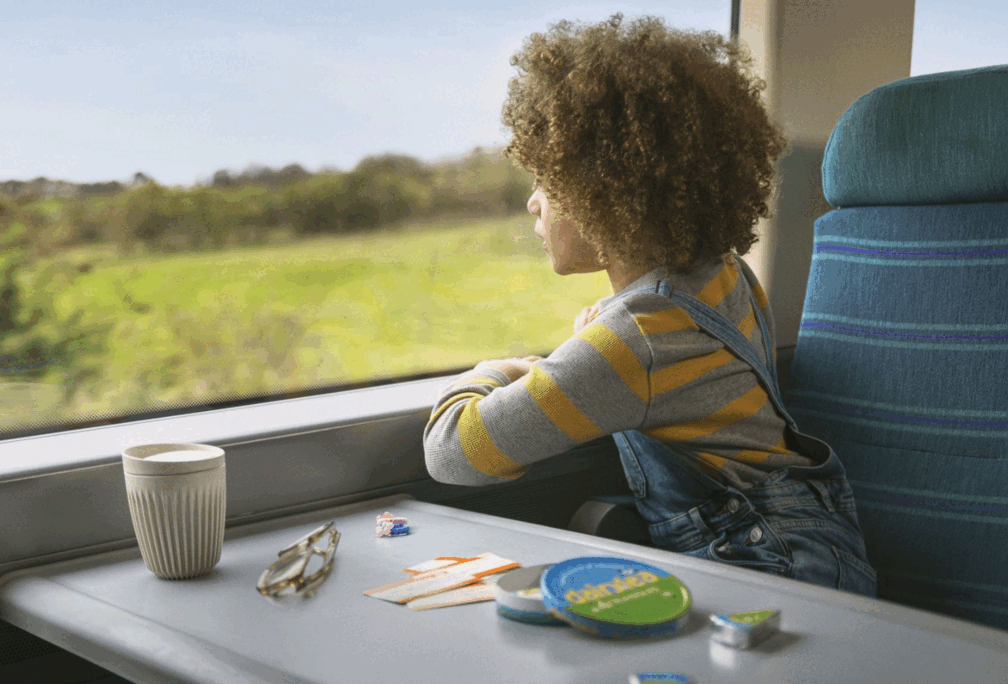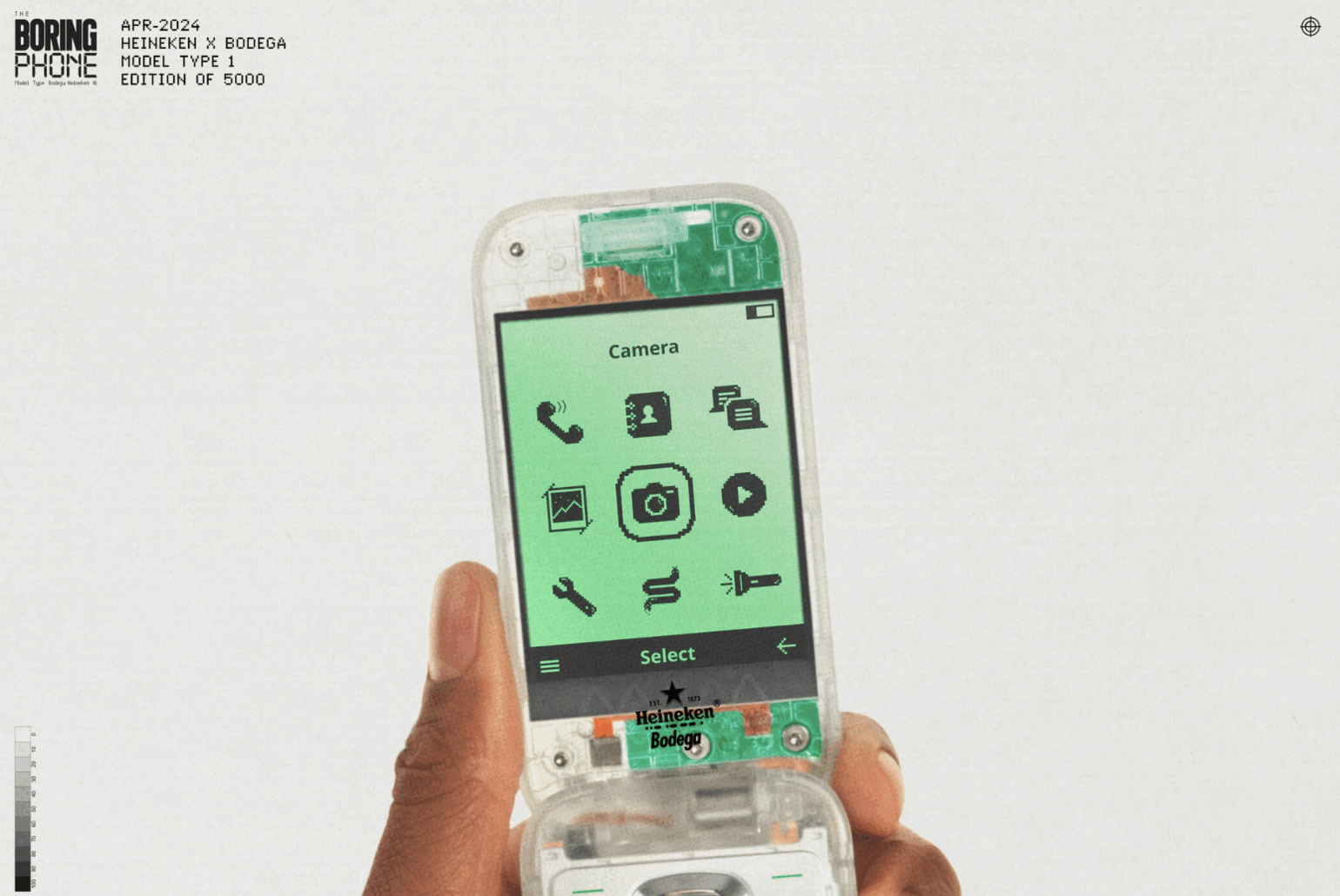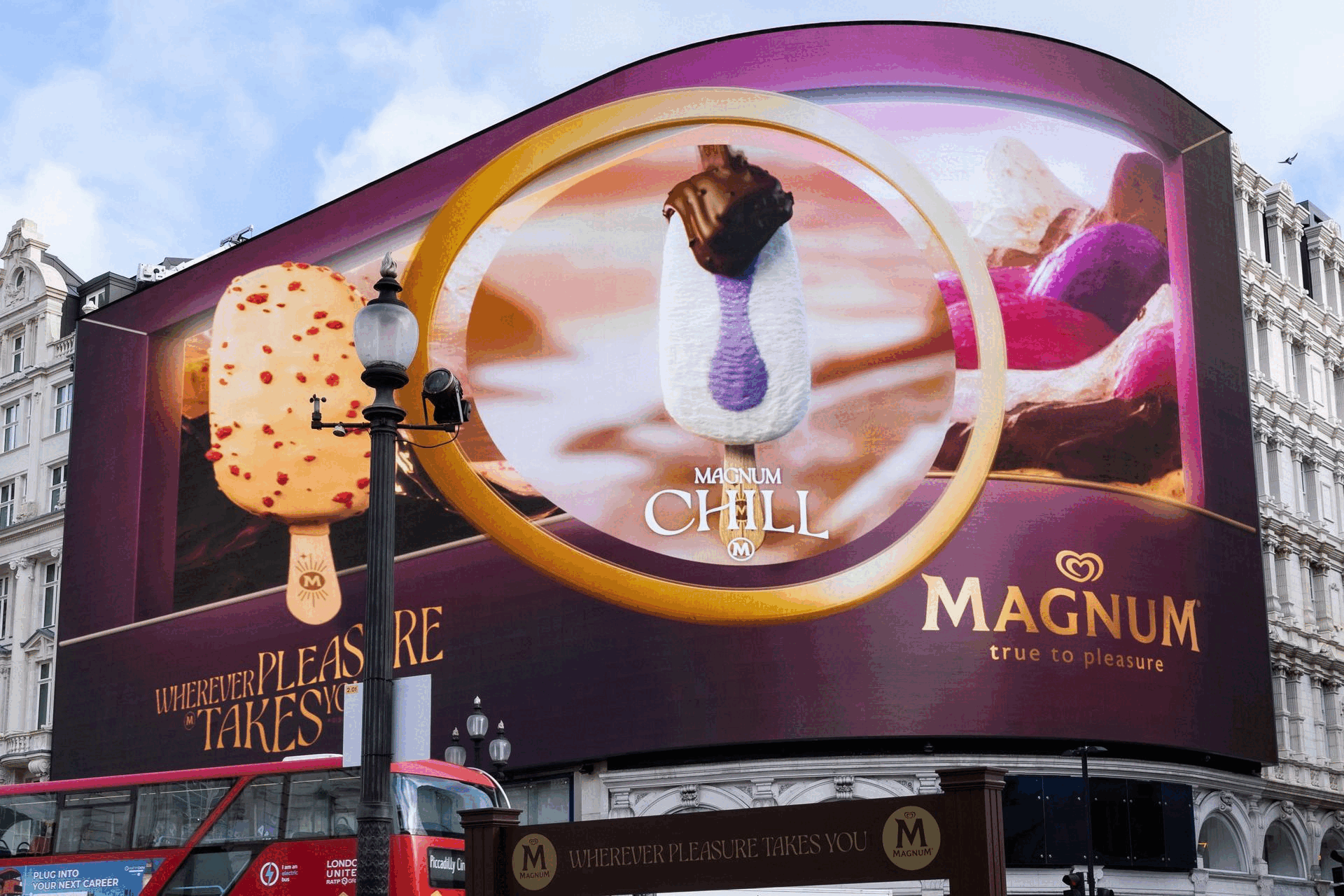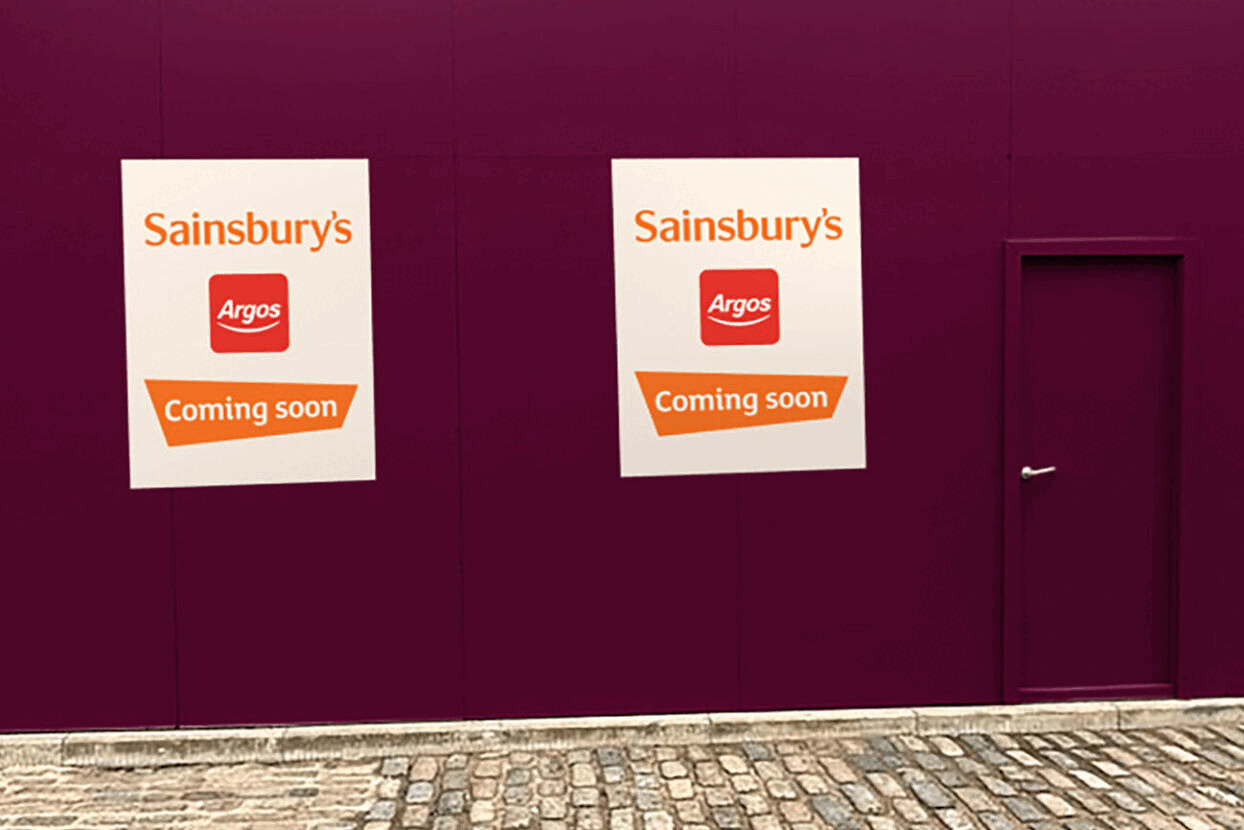2021 Award Winners: Mobile, Location, Data, Search, Attribution and Retail Categories
- Monday, July 19th, 2021
- Share this article:
We continue our look at the winners of the 2021 Effective Digital Marketing Awards with a look at the winners in the Most Effective Mobile, Location, Data & Analytics, Search, Attribution and Retail Campaign Categories.
 Most Effective Mobile Campaign
Most Effective Mobile Campaign
BritBox, Total Media and Picnic – Swipe Right for Spitting Image
With Total Media planning the revival launch of BritBox’s new satirical puppet show, Spitting Image, campaign objectives here included building awareness for the series, with a secondary goal of driving new subscriptions for BritBox. Total Media wanted mobile to play an integral part in the launch via a mobile-first product, with high-quality inventory outside of social media that wouldn’t negatively disrupt the customers’ user experience (as many high-impact mobile products often do).
Picnic worked with Total Media to build a novel format: ‘Swipe Right’, which took the swipe functionality from popular dating apps, such as Tinder, and placed it mid-article on premium mobile editorial content. The format allowed users to ‘swipe left’ to dislike or ‘swipe right’ to like to the opinion-dividing puppet characters from the show, such as politicians Boris Johnson, Priti Patel and Donald Trump. Once a user swiped right to ‘match’ a puppet, they would be given additional show details, such as latest streaming dates, as well as the option to ‘Keep Swiping’ or ‘Sign Up Now’, optimising towards awareness through user engagement and subscriptions by clicks.
The campaign delivered a total engagement rate of 4.26 per cent, with an average of five swipes per user. It achieved an average dwell time of 9.7 seconds. Other impressive conversion rate results were supplied to the judges in confidence.
Judges’ View: “Love the novel concept, as well as the use of data insights to feed back into ad creative iterations.”
Most Effective Location Campaign
OmniGOV, The Cabinet Office Mobsta and Manning Gottlieb OMD – UK Government: Funding for Local Tourism
When the UK economy started to cautiously open up again in the summer of 2021, the UK Government wanted to encourage UK local tourist boards and destination management offices (DMO) to apply for funds to help promote their local areas and boost local economies. 14 areas won the Government’s backing with a mix of video and display assets available.
The campaign was delivered via geo-targeting with a layer of audience targeting. The campaign was complex, requiring Mobsta to build inclusion and exclusion zones with the OmniGOV team for each campaign while avoiding overlap of locations. The agency built specific drive-time maps for each location as well as establishing where there were fast rail links to specific towns. Ads were only served in these areas, excluding the ‘exclusion zones’ that were provided to Mobsta. Time was also an issue – each campaign had to go live within 24 hours of receiving assets. The excluded locations were amended four times, including blocking cities and regions for which campaigns had been prepared in order to align with rapidly-changing Government restrictions.
In total, the campaigns delivered 4.2m video views with an added 410,000 impressions and 18.2m display impressions with an added 2.9m impressions. The campaign delivered a 93 per cent brand safety pass rate (above Government benchmarks). All of these impressions were viewable and over 46 per cent of the impressions were viewed through to the end of the 30-second video. All in a 2-week window.
Judges’ View: “Brilliant execution given the campaign complexity, and a strong set of results to boot.”
Most Effective Data & Analytics Campaign
Laithwaites Wines and Incubeta – (Pub) Crawling Amazon for Laithwaites Success
With 62 per cent of UK consumers start their product search on Amazon, and food and beverage being the fastest growing product category on-site throughout 2020, Laithwaite’s Wine was looking to expand and improve its activity through the strategic use of Amazon’s PPC Campaigns. The campaign goals were to drive and additional £540,000 additional revenue from a budget of £69,000, while maintaining profit margins.
Incubeta identified three specific keywords – ‘wine’, ‘red wine’ and ‘white wine’ – as dominating the search box, accounting for 70 per cent of the total searches seen from the account. These, however, were also the most competitive keywords with an average CPC 43 per cent higher, and CTR 34 per cent lower than all other search terms.
Tight budgets made it difficult for Laithwaite’s to compete on these terms at a profitable ACoS (Advertiser Cost of Sale), so instead, it commissioned a tool to regularly crawl the Amazon SERP for its top keywords. Upon identifying which Amazon Standard Identification Number were Laithwaite’s and which were competitors, we were able to create two new, competitive, metrics for its campaigns – a Share of Voice (SOV), and Average Product Position. (APP). SOV refers to the percentage of ad placements in any scraped search occupied by Laithwaites. APP refers to the average numerical rank of a Laithwaites product on the scraped search results. It was then able to measure how each product ranked on the SERP, which in turn allowed us to identify keywords where we could increase bids and push Laithwaites products up the page.
The campaign delivered an 81 per cent increase in revenues over a two week period, and over three months, contributed £485,200 in revenue, cutting ACoS by more than half, a tremendous achievement.
Judges’ View: “A comprehensive and systematic approach, backed up with great results.”
Most Effective Search Campaign
House of Oak and The SEO WorksOrganic Search Campaign
In the words of the entry form, furniture retailer House of Oak’s website had been “tanking” for six months. Indeed the company wondering whether it needed one with most sales, pre-COVID, coming in store. The goals of the campaign were to increase organic traffic by 35 per cent and revenue by 25 per cent year-on-year, with an additional ‘moonshot’ target to rank on page one of the SERPs for the term ‘oak furniture.’
The initial focus was on technical SEO to clean the site up. This involved disavowing toxic links, redirecting broken pages, and restructuring the layout of the site to present visitors with a more logical experience. After that, the focus switched to providing relevant on-site content, creating data-led, keyword-rich content on key landing pages, and an interest-led blog to attract both links and potential customers.
An example is the article ‘How to clean oak furniture’, launched in Feb 2020. This gradually increased in ranking and popularity, ranking first for the search query at the time of entry, having generated over 15,000 pageviews.
The final element was a digital PR campaign to acquire links at scale. Here, The SEO Works identified a lot of buzz around the Netflix hit period drama Bridgerton, so developed an interactive data-led asset covering Britains Stately Homes, which let users explore homes via a map, uncovering data points such as most haunted, most televised, and quirkiest. This gave a multitude of angles for outreach and the ability to approach a wide variety of journalists and bloggers.
The campaign smashed its targets. Organic revenue increased 557 per cent, from £10,000/month at the start of 2019, to £120.000/month at the time of entry. Organic traffic increased by 636 per cent YOY, and the number of top 3 rankings increased from 52 to 542. Finally, at the time of entry, House of Oak was tanking in position 6 on page 1 for the moonshot phrase “oak furniture”.
Judges’ View: “A really impressive campaign. Love the solid and very well-structured strategy.”
Most Effective Attribution Solution
QueryClick – Corvidae: For Attribution That Works
Corvidae was developed to solve a problem: the fact that marketing attribution – the process of attributing marketing investments to revenue – was broken. The company saw that among its own clients, the contribution of offline was not being accounted for, while another challenge was to evaluate results from the “walled gardens” of social media channels.??
In developing the platform, QueryClick found that 80 per cent of raw clickstream data was flawed due to incorrect assumptions about website sessions, direct traffic, channel classification, and poor multi-device measurement. With cookies and pixels, marketers were measuring browser activity, not customer behaviour. These data inaccuracies resulted in 48 per cent of brand channel reporting being wrong. In addition, the vast majority of marketers were relying on last-click attribution. So QueryClick explored how AI machine learning (ML) and neural networks could help develop better insights from marketing data ultimately developing a now Patent protected process to “rebuild” the raw marketing data being generated by analytics platforms.
The next step was to go beyond the simplistic models and approaches used by the vast majority of attribution solutions to reach a much more granular outcome that values every individual interaction for every individual session that had been “rebuilt” by the first application of ML.
To do this, QueryClick co-founded a project in collaboration with the University of Edinburgh School of Data Science and Informatics to develop new Deep Learning techniques and models using Long-Term Short-Term memory architectures. This work proved to be successful and offered a powerful level of granular attribution outcome using primary techniques and applications developed during that two-year research project. This unique IP is at the core of Corvidae.
Its a SaaS, cloud-based marketing attribution platform which can ingest two-years’ of marketing data, break it down, and rebuild it using a Random Forest ML algorithm. It takes deterministic data from the clickstream and rebuilds it, taking into account other factors like device characteristics to improve attribution and identify individual customer journeys.
Each journey is then stitched together to determine where brand exposure overlaps with a customer and results in improved conversion, using new and proprietary forms of LSTM deep learning processes.
It also analyses data, both deterministic and probabilistic, using neural networks to create attribution reports for each campaign. These analyse and predict the behaviour of individuals throughout their buying journey, mapping and scoring their interactions with marketing collateral, whatever the source, and employing the powerful data joining technology of the Corvidae platform. Customer privacy is maintained throughout as Corvidae only employs first-party pixel data that meets personal consent requirements.
In its entry, QueryClick supplied several examples of client companies who have successfully used the platform to identify where spend was being wasted and reallocate it to more efficient and effective channels.
Judges’ View: “Using the latest technology like AI and NLP, this solution fuels advances in the attribution modelling that improves accuracy and success.”
Most Effective Retail Campaign
Sally Beauty & Salon Services and QueryClick – Styling Out A Global Pandemic
The brief here was to increase new visitors and online revenues for these hair and beauty salon trade merchants, while also positioning Salon Services as a trusted industry expert.
QueryClick started with a technical audit to identify the most pressing issues but with the onset of COVID, the focus switched to providing support. A series of reactive posts were created that provided practical advice, guiding the target audience through the evolving crisis. Examples included Hygiene for reopening salons; How to do deliver digital consultations; and Customer communication during lockdown.
On a monthly basis the on-page optimisation was split into two groups: the biggest opportunities for traffic increases; and the biggest opportunities for revenue increases. Having determined the pages, optimised copy and meta data that targeted the keywords identified to drive the required results were created.
The approach was similar for priority pages for revenue growth, but with much greater weighting given to conversion rates and average order values of each page, which was combined with the metrics identified for driving traffic increases.
The results were outstanding. In the first half of the year, Sally Beauty saw a 142 per cent increase in organic sessions, a 160 per cent increase in new organic users, and a 432 per cent increase in organic revenues.
Salon Services saw a 94 per cent increase in organic sessions, a 129 per cent increase in new organic users, and a 96 per cent increase in organic revenues.
Judges’ View: “The campaign demonstrated clear objectives, and a well-thought through strategy, which pivoted during the pandemic to offer valuable information and advice. Impressive results especially in the measurement of revenue increases which show excellent ROI.”





